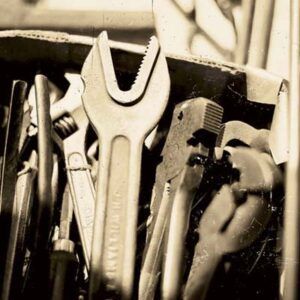Antique tools have a unique charm that combines form and function. These well-worn instruments, with their iron darkened by age and wood polished to a rich sheen, are a tangible connection to the past. While modern power tools may be more efficient, vintage hand tools often prove just as capable—and sometimes superior—for many tasks. This guide will explore antique tools and their practical uses in today’s workshops.

Types of Valuable Antique Tools
Antique tools come in various forms, each with its own unique characteristics and value. Here are some of the most sought-after types of antique tools.
Hand Planes
Hand planes are among the most common and versatile antique tools. These woodworking implements come in several sizes and shapes, each designed for specific tasks such as smoothing, shaping, or creating joints. Valuable antique planes may feature intricate adjustments and high-quality materials like rosewood or brass.
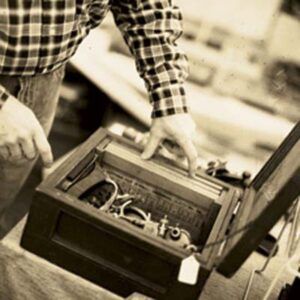
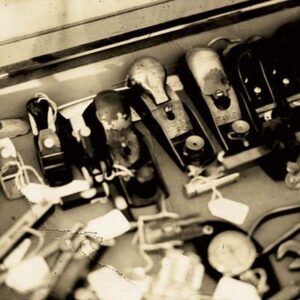
Chisels and Gouges
Chisels and gouges are essential for detailed woodworking. Antique versions often boast superior steel that holds an edge longer than modern counterparts. Look for sets with various profiles, including beveled-edge chisels, mortise chisels, and paring chisels. This Old House master carpenter Norm Abram notes, “There are a lot of jobs you can’t do—like make a really clean hinge mortise—without a good, sharp chisel.”
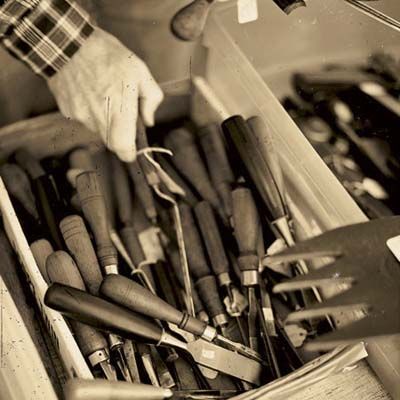
Hammers and Mallets
Vintage hammers and mallets offer both functionality and aesthetic appeal. Wooden-handled hammers are prized for their ergonomics and shock absorption. Abram says, “The hammer that’s going to do the least damage to your arm as you use it is one with a wooden handle.”
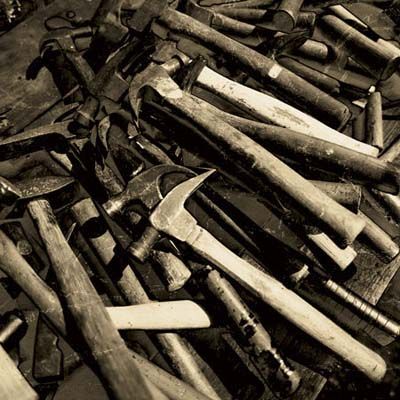
Levels and Measuring Instruments
Antique levels, often crafted from wood and brass, combine beauty with precision. Folding rulers, sliding T-bevel squares, and plumb bobs are valuable measuring tools that stand the test of time.
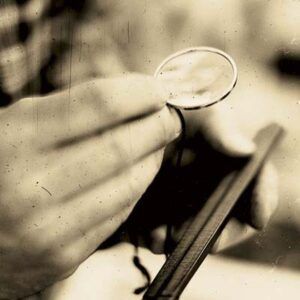
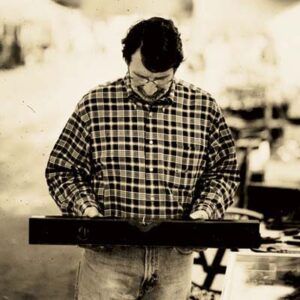

How To Identify Authentic Antique Tools
Distinguishing genuine antique tools from counterfeits requires careful examination and knowledge. Here’s what to look for:
- Maker’s marks and patents: Many antique tools bear maker’s marks or patent dates that can help establish their provenance. Research these markings to verify the tool’s age and origin.
- Materials and craftsmanship: Look for signs of hand-craftsmanship, such as file marks or slight irregularities that indicate individual attention to detail.
The Functionality of Vintage and Antique Tools in Modern Woodworking
While power tools dominate many modern workshops, antique hand tools still have a place in contemporary woodworking. They provide greater control and precision, especially for delicate work. Hand tools produce less noise and dust, making them ideal for small spaces or shared living environments. Additionally, they don’t require electricity, making them a good choice for remote job sites or during power outages.
Despite their advantages, antique tools have some limitations. They often require more skill and physical effort to use effectively. Some tasks, particularly those involving large amounts of material removal, are more efficiently accomplished with power tools.
Where To Find Antique Tools
If you’re looking to expand your collection of antique tools, there are several sources to start your search.
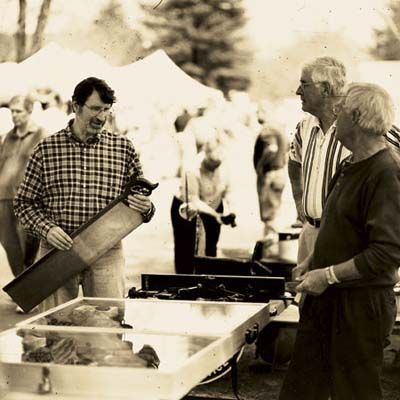
Flea Markets and Antique Shows
Flea markets and antique shows, such as the Brimfield Antique Show in Massachusetts, are great places to look for vintage tools. These events allow you to inspect tools in person and negotiate prices directly with sellers.
Online Marketplaces and Auctions
Online platforms like eBay, Etsy, and specialized antique tool websites have a wide range of vintage implements. While you can’t physically examine the tools before purchase, these sites often offer detailed descriptions and photos.
Estate Sales and Auctions
Estate sales and auctions can be treasure troves for antique tool collectors. These sales often include entire workshop collections, so you can acquire tools in good condition—and in original sets.
Tool Collectors’ Clubs and Associations
Joining tool collectors’ clubs and associations can give you access to exclusive sales, trading events, and valuable networking opportunities. Members of these groups often share tips, resources, and insider knowledge on where to find high-quality antique tools.
Restoring and Maintaining Antique Tools
Proper restoration and maintenance preserve the functionality and value of antique tools.
Cleaning and Rust Removal
Gently clean tools using appropriate methods for each material. For rust removal, use fine steel wool or specialized rust removers. Be careful not to damage the underlying metal or any markings. Avoid harsh chemicals that could harm the tool’s patina or wooden components.
Sharpening and Tuning
Many antique tools require sharpening and tuning to perform at their best. Use a whetstone to sharpen chisels and plane irons, and adjust moving parts as needed. Over-restoration can sometimes decrease a tool’s value, so balance functionality with preservation of character.
Ongoing Maintenance
Regular maintenance, such as oiling moving parts and storing tools in a dry, climate-controlled environment, can extend the life of your antique tools. Pay special attention to wooden handles and components, treating them with appropriate oils or finishes to prevent cracking and wear.
Building a Comprehensive Antique Tool Collection
Creating a well-rounded collection of antique tools takes time and knowledge.
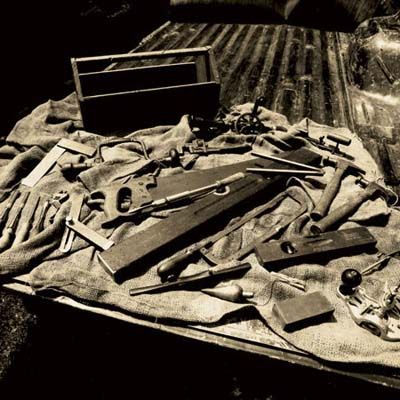
Essential Tools for Beginners
Start with versatile tools like hand planes, chisels, and measuring instruments. A basic set might include a jack plane, a set of chisels, a hammer, a folding ruler, and a level. These tools form the foundation of many woodworking tasks and offer a good introduction to using vintage implements.
Rare and Specialized Tools for Enthusiasts
As your collection grows, consider adding rare or specialized tools. These might include complex molding planes, unusual measuring devices, or tools specific to particular trades. While you may not use these frequently, they’ll add depth and interest to your collection.
Displaying Your Collection
An often overlooked aspect of tool collecting is the display. Organize and showcase your tools in a way that highlights their beauty and craftsmanship. You can use custom shelving, shadow boxes, or even a dedicated display room. The goal is to create a visually appealing collection that encourages admiration and use.
The Investment Potential of Antique Tools
Antique tools can be more than just practical implements—they can also serve as investments. The value of antique tools depends on factors such as rarity, condition, maker, and historical significance. Tools from renowned manufacturers or those with unique features often command higher prices. The overall condition, including original finishes and lack of damage, also impacts value. Research current trends and consult price guides to make informed decisions when buying or selling antique tools.
High-value collections might require special insurance coverage. Consult with insurance providers to ensure your antique tools are properly covered against theft, damage, or loss. Maintaining detailed records and appraisals can also protect your investment.
